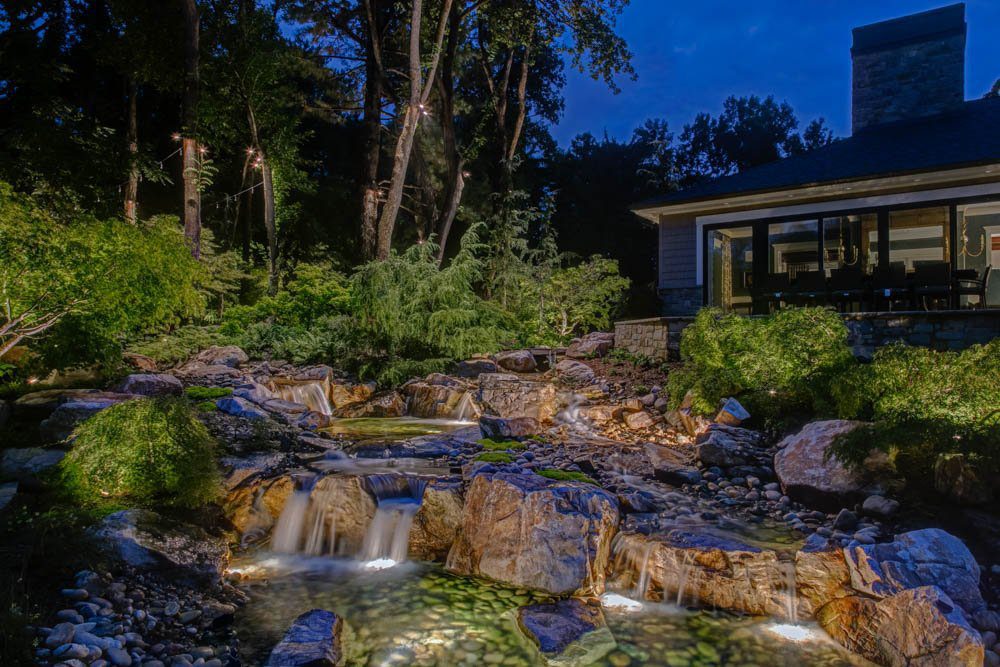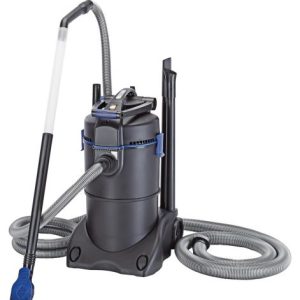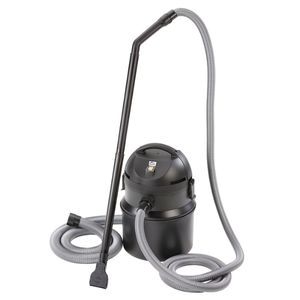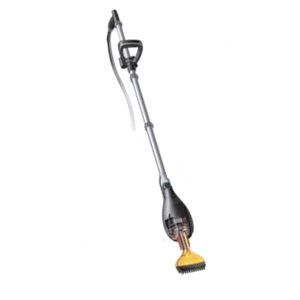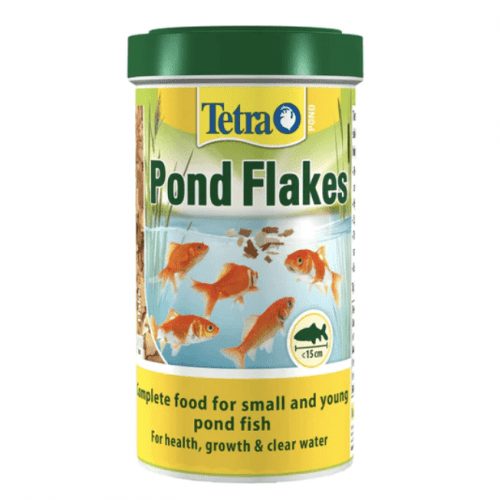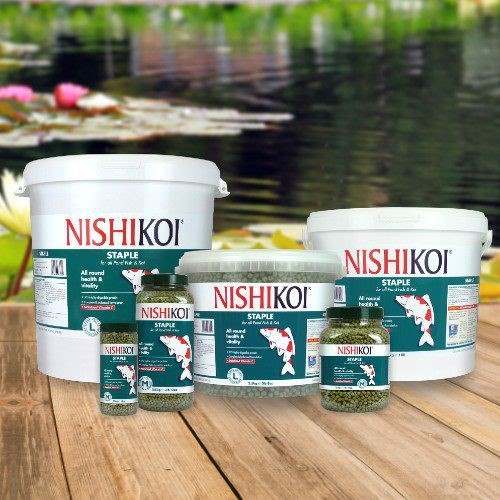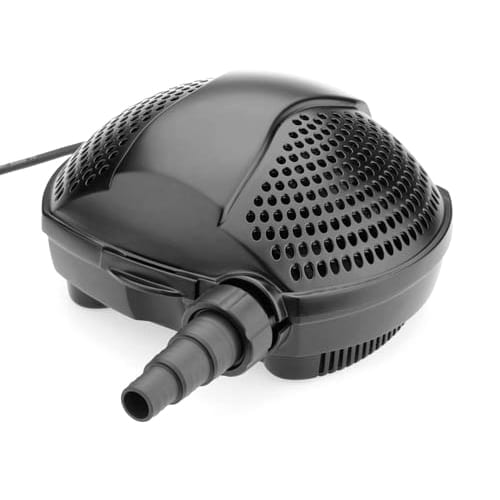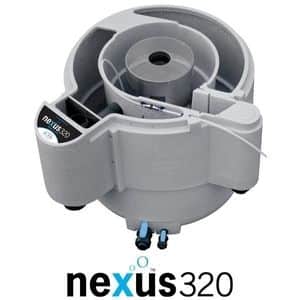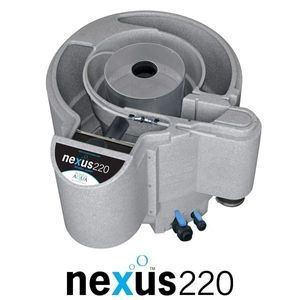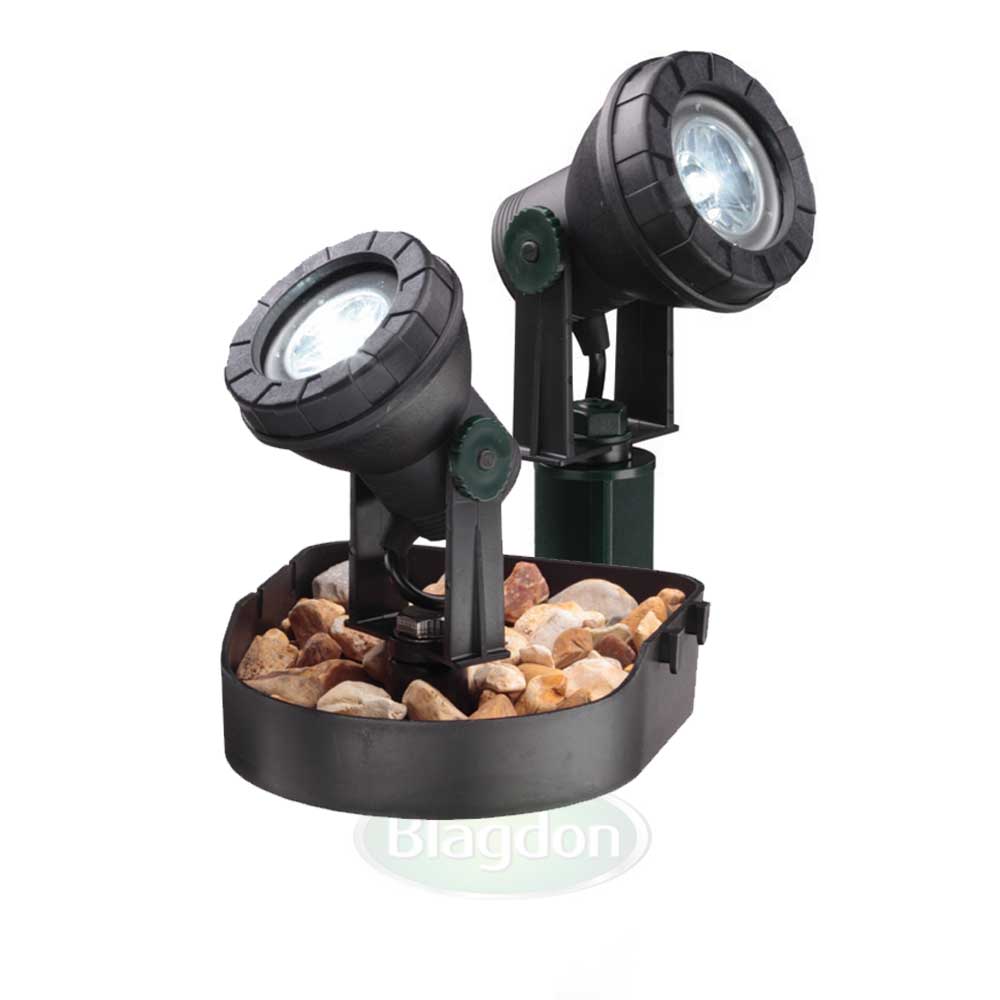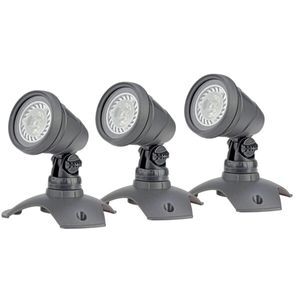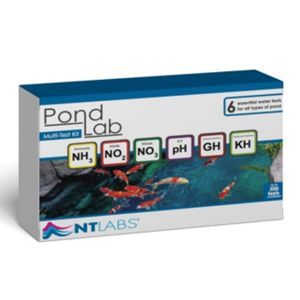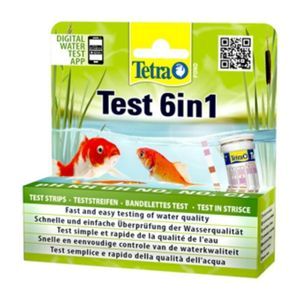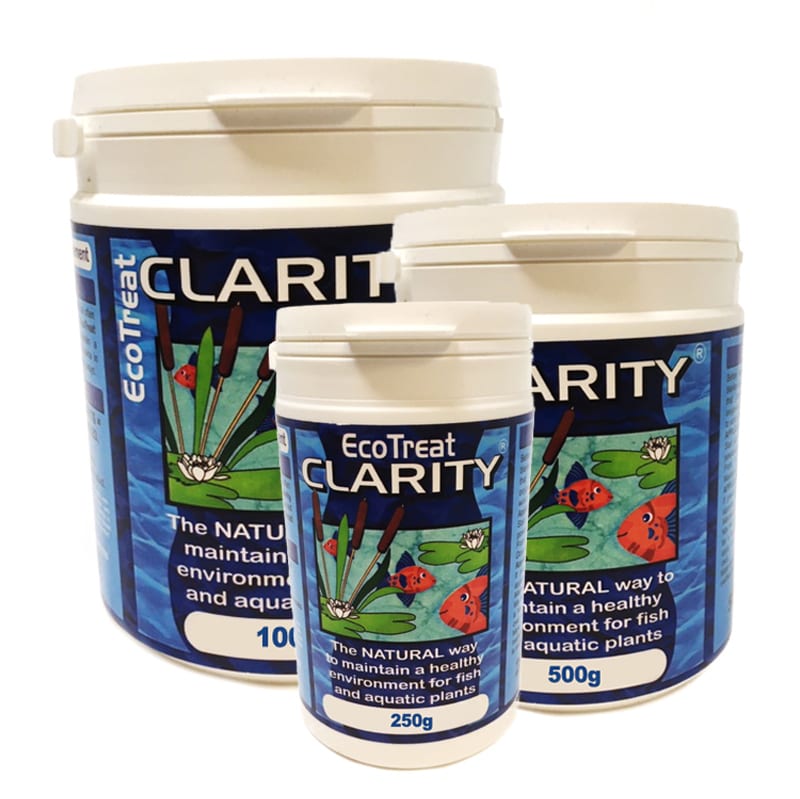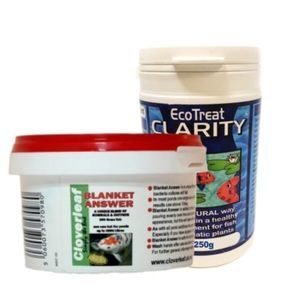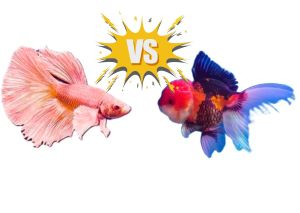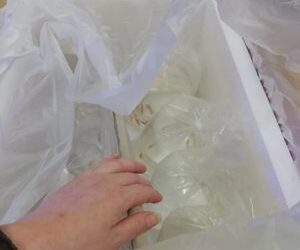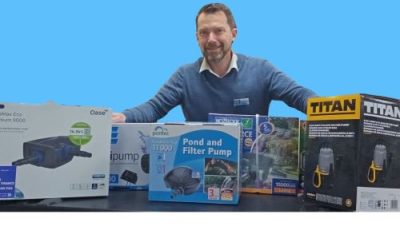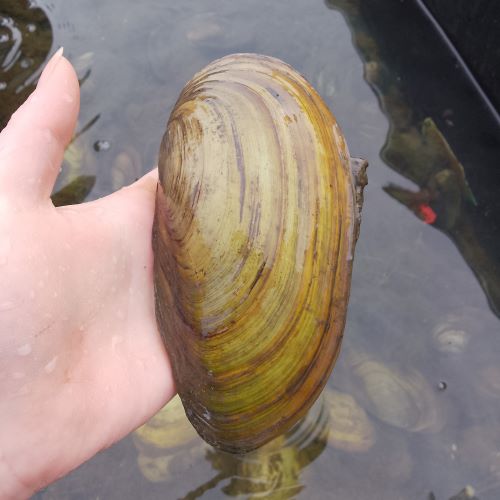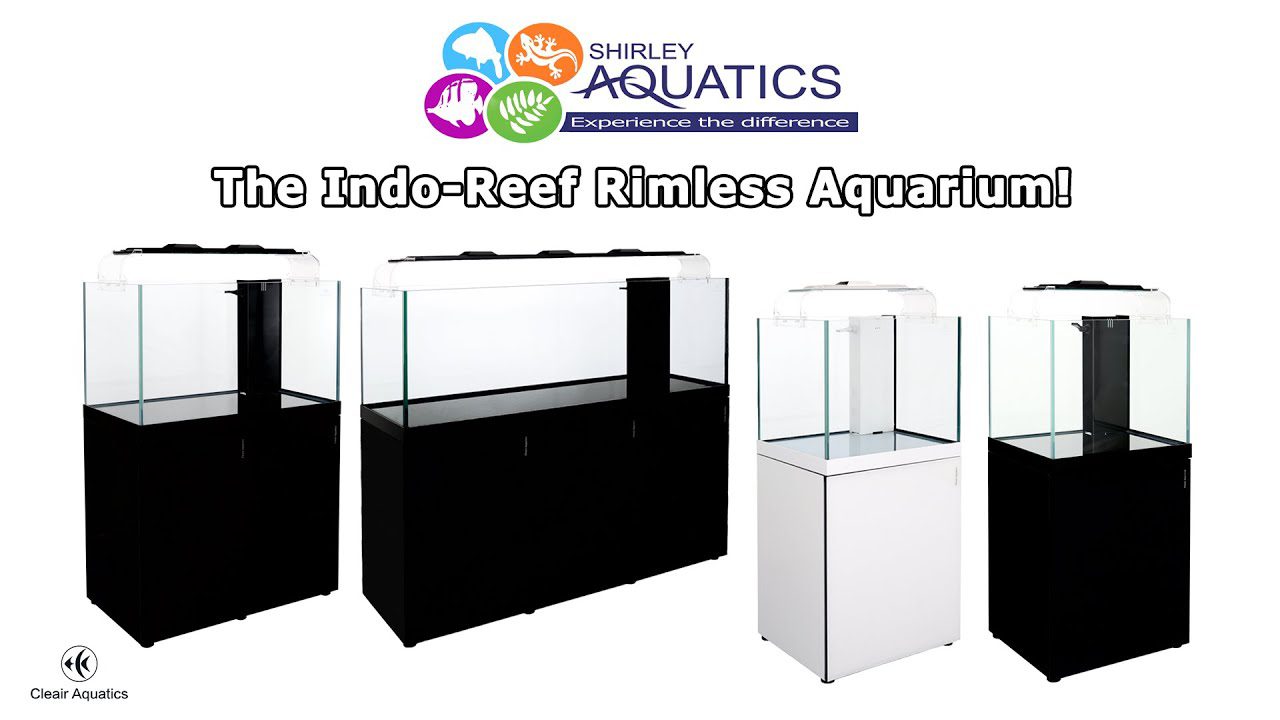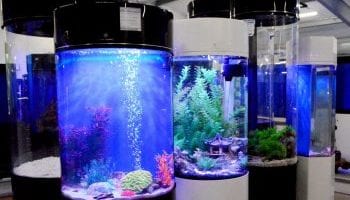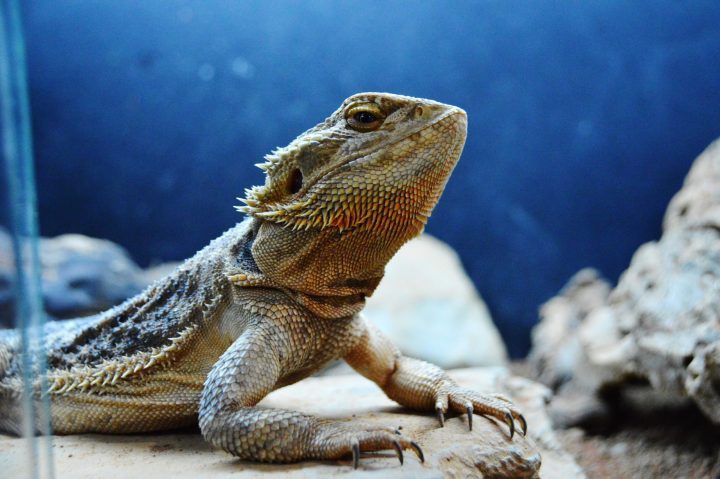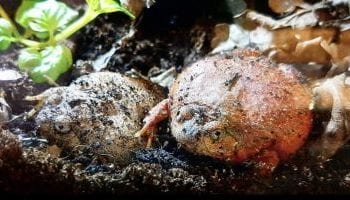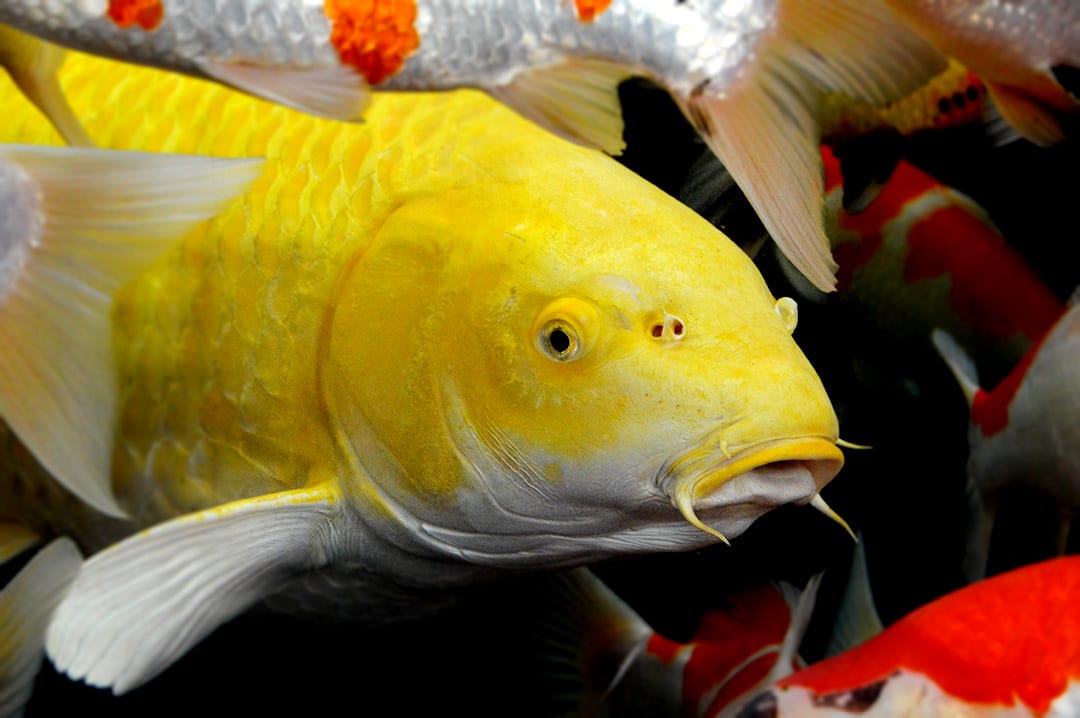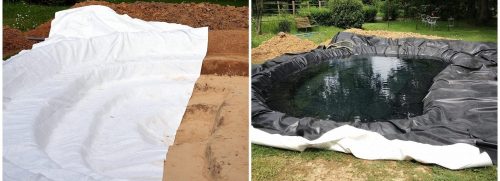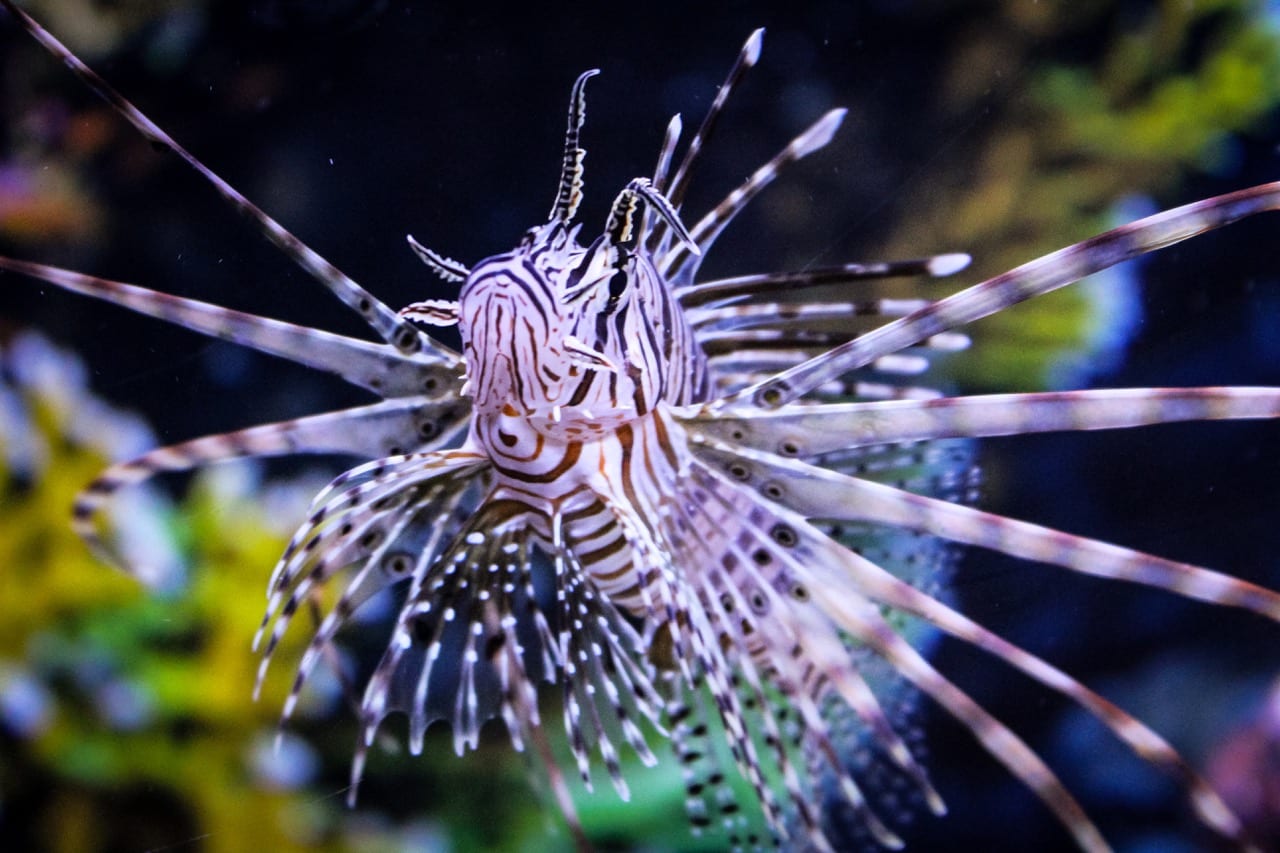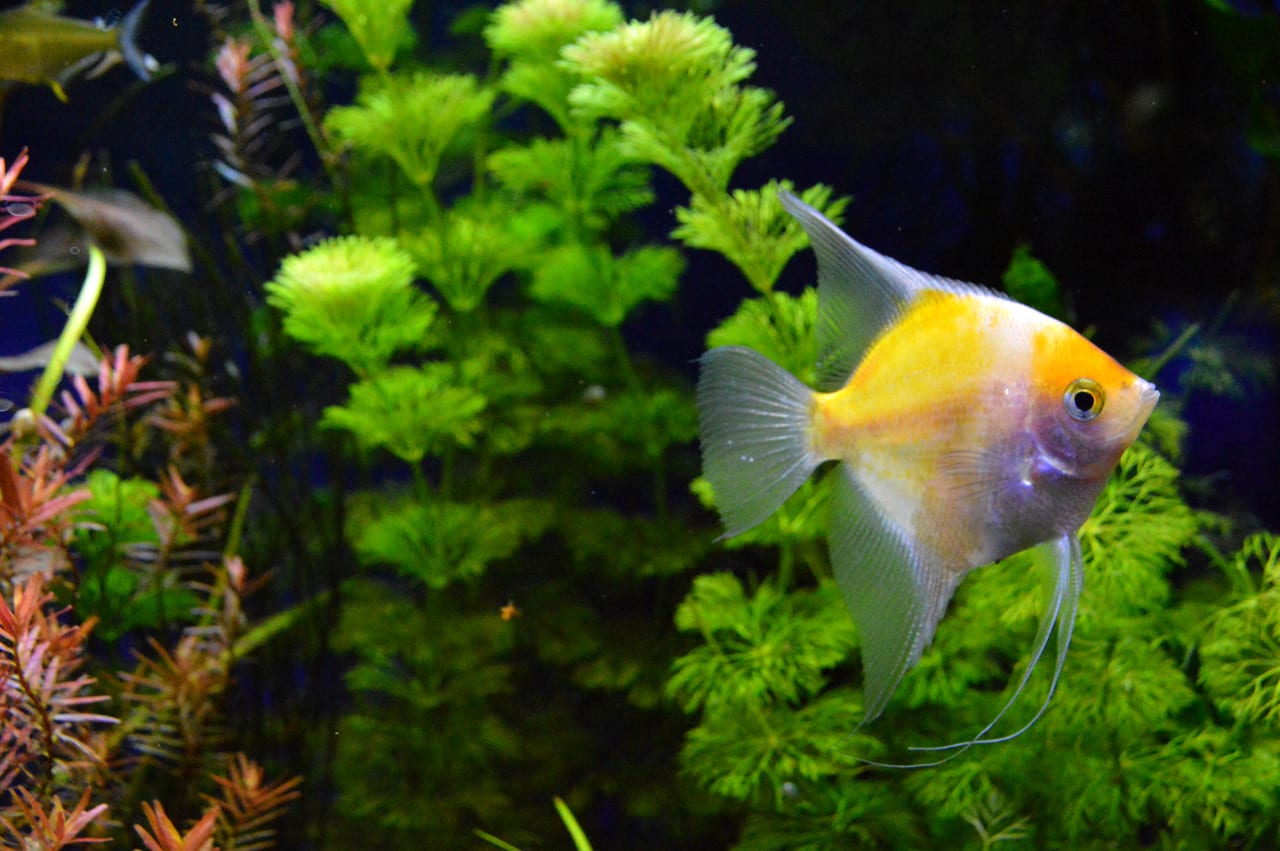Everything you’ll need to take into account for a pond project.
A pond project is simple, right? Hole in the ground, add water, some plants, a few fish and boom. One pond.
Not quite.
Whether you’re new to pond keeping or expanding your habit with another pond project it always pays to have a think about what you will need in advance of you booking that digger for a weekend or hiring a cement mixer.
Here we’ll aim to break down the areas you’ll need to take note of before you start, once the pond project is in full swing, and after you’re done.
Before you start your pond project
As with flatpack furniture it’s a good idea to lay out everything you’ve got to make sure you’re not missing anything. If you’re the person who never does that and just gets stuck in – this is the time that approach will definitely not turn out ok in the end. In this instance, you’ll need to think about several elements of your pond, what you want from it, and how much maintenance you’re planning to put into it once it’s finished.
How big is my pond?
We often speak to customers in-store who, when asked how big their pond is, will say something like;
“urm…about 2m by about 4 and a half feet, and about this deep”
All whilst waving a hand halfway up their leg.
This, as you can imagine, is not very helpful but completely understandable. Most customers will come charging in to fix the problem with loads of enthusiasm and not enough numbers. We get it. It’s exciting and they just want to get on with it!
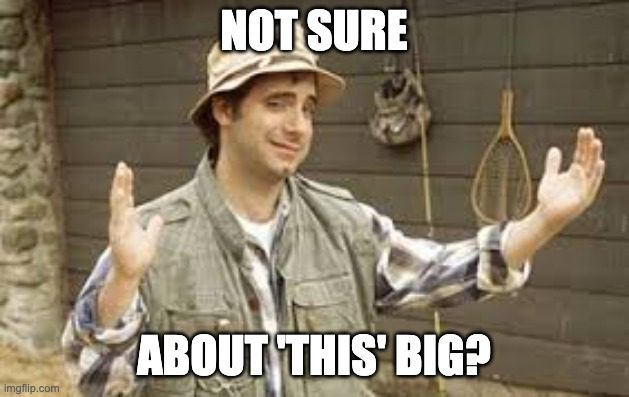
So, to make life easier for all involved here are the numbers we need from you about your pond project so we know how best to help.
The things to consider when looking at the size of your pond project is;
‘Ditch’ size
Decide how big you want your pond to be and pick a unit of measurement. Feet or metres are both fine, as long as you stay within one system! You’ll also have to decide what shape you want not just around the outside but how many lumps and bumps you’ll want under the water. These are for things like planting shelves, water features or lighting placement, and possibly your pump.
Water volume
Knowing your water volume will help you figure out what pump and filter you’ll need, how much livestock you can realistically put in, what plants you are best off buying, and how much water treatments etc you’ll likely need throughout the year.
To work out your water volume you multiply your length, width, and depth. Then multiply that number by 6.25. This will tell you how many gallons of water are in your pond. That sounds nice and simple but remember those lumps and bumps. You’ll need to take those into consideration!
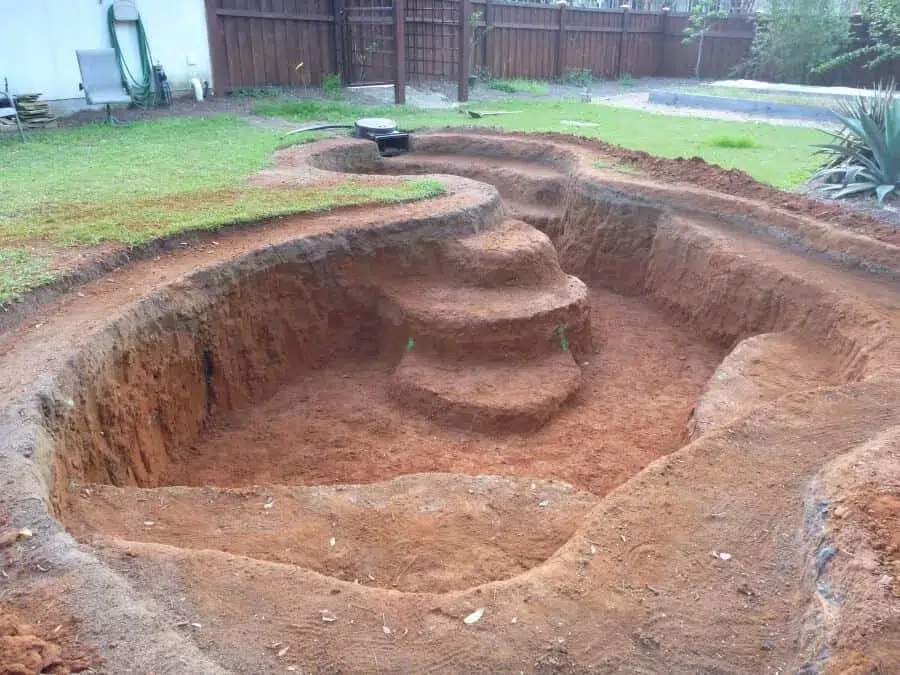
To convert the number you now have to litres (a much more useful number) multiply it by 4.5.
So, for a square pond that is 10 feet wide and 10 feet long, with a depth of 2 feet, your maths would look like this;
10 x 10 x 2= 200
200 x 6.25 = 1,250 gallons
1,250 x 4.5 = 5,625 litres
Remember, this is a guide only and depends on how ‘regular’ the shape of your pond is but it should give you a good idea of what you’re working with.
Pond liner
You pond will need to be lined. The size and shape of your pond will determine how easy that will be to do. Use our handy Pond Liner Calculator to work out exactly how much you’ll need (It’ll even email your results to you for safekeeping!).
The other element to consider about your pond liner is how you’re going to disguise the edges. Whilst pond liner isn’t exactly ugly it does look nicer if it blends into the natural backdrop of your garden. We recommend an extra foot’s worth of lining on all sides to make sure you’re not caught short, so have a plan for how you’re going to disguise it once it’s in place.
It is sensible to also put down underlay to protect your liner from rips and tears. This becomes imperative if your pond projects are large (like the one pictured below) as the last thing you want is to have to go snorkelling to find a tiny hole that could have been easily prevented. At £2.49 per square metre you’d really kick yourself if something went pear shaped without it.
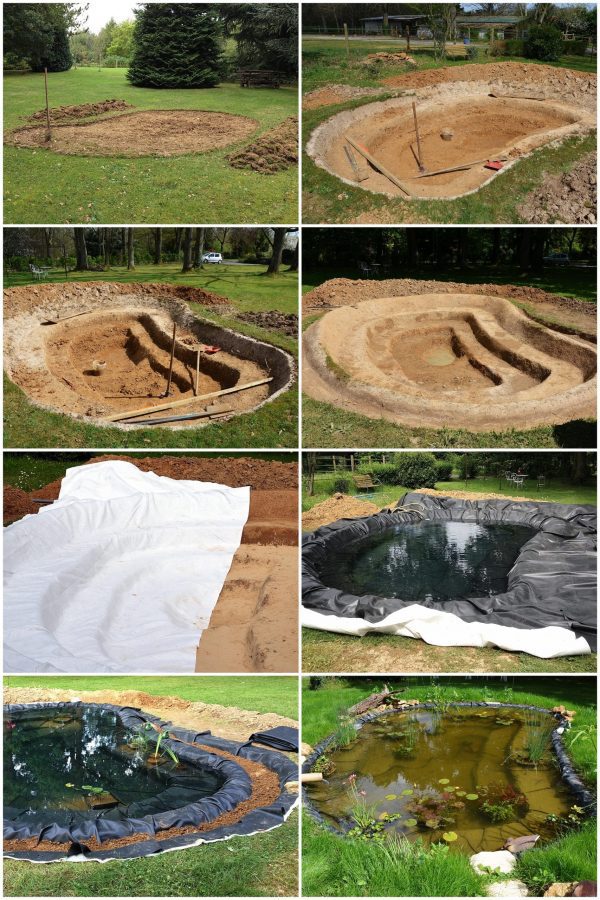
Pond Hardware
Depending on the size of your pond will determine what hardware you’ll need. Some pond filters, like the OASE BioSmart units, sit outside the pond and can be half-buried. This means you’ll have to take into account the measurements of the filter and include it in the design of your pond ditch.
For really big ponds you may require an outhouse or shed to plumb all of your hardware into.
As well as this you may want to look into several buckets or reservoirs, for water changes and in case you need to remove your fish to inspect their health and a pond vacuum.
-
Oase Pondovac 3£310.00
-
Pondomatic Sludge Vacuum£166.99
-
Hozelock Pond Vacuum£154.49
Livestock
Fish, particularly Koi, create a lot of waste. They need plenty of space to feel comfortable and over-stocking a pond can cause real problems with both your water quality and controlling outbreaks of parasites or infection in your fish.
For every inch of Koi you’re keeping you should allow 35 gallons (160ish litres) of water. This can be less for goldfish at around 90 litres (20 gallons) per inch.
On top of this, you should have 1 square foot of surface area per inch of fish and 10 square feet of surface area for 1 Koi. So, if you have a pond capacity of 5,625 litres (using our example of a 10 x 10 x 2 pond – above) you can hold 35 inches of Koi or 63 inches of goldfish.
You’ll also need to consider space for feed and medicine. Fish food can come in packaging ranging from 20 gram sachets to 10 kilogram buckets.
-
Product on salePond Flake Fish Food£7.19 – £29.95Price range: £7.19 through £29.95
-
Tetra Pond Flake Fish Food£4.99 – £23.99Price range: £4.99 through £23.99
-
Nishikoi Staple Koi Food£6.99 – £74.99Price range: £6.99 through £74.99
What shape should my pond be?
The perfect shape for a pond, in terms of pumping, filtering, water movement, oxygenation, and maintenance, is half a sphere. Unfortunately, this is an unpopular shape and there aren’t many pre-formed options to drop into the ground once you’ve dug your hole. Also, circles rarely fit nicely into a garden and might look a bit odd.
The shape of a pond will determine all of the points above and will affect both you, in terms of maintenance, and your inhabitants, in terms of living conditions.
Water flow
Water movement is super important in ponds. Stagnant water will become toxic fast. Moving water helps regulate temperature, disperse toxins evenly to reduce their concentration, and distributes dissolved oxygen throughout the pond. In any shape that isn’t a perfect hemisphere, you will have areas of high and low flow. Low flow areas may collect more debris, more algae, and will be areas you need to clean more often. They may also become pockets of colder water. You’ll need to know where these areas are as you’ll likely need to be getting the pond vacuum in them more frequently.
Planting Opportunities
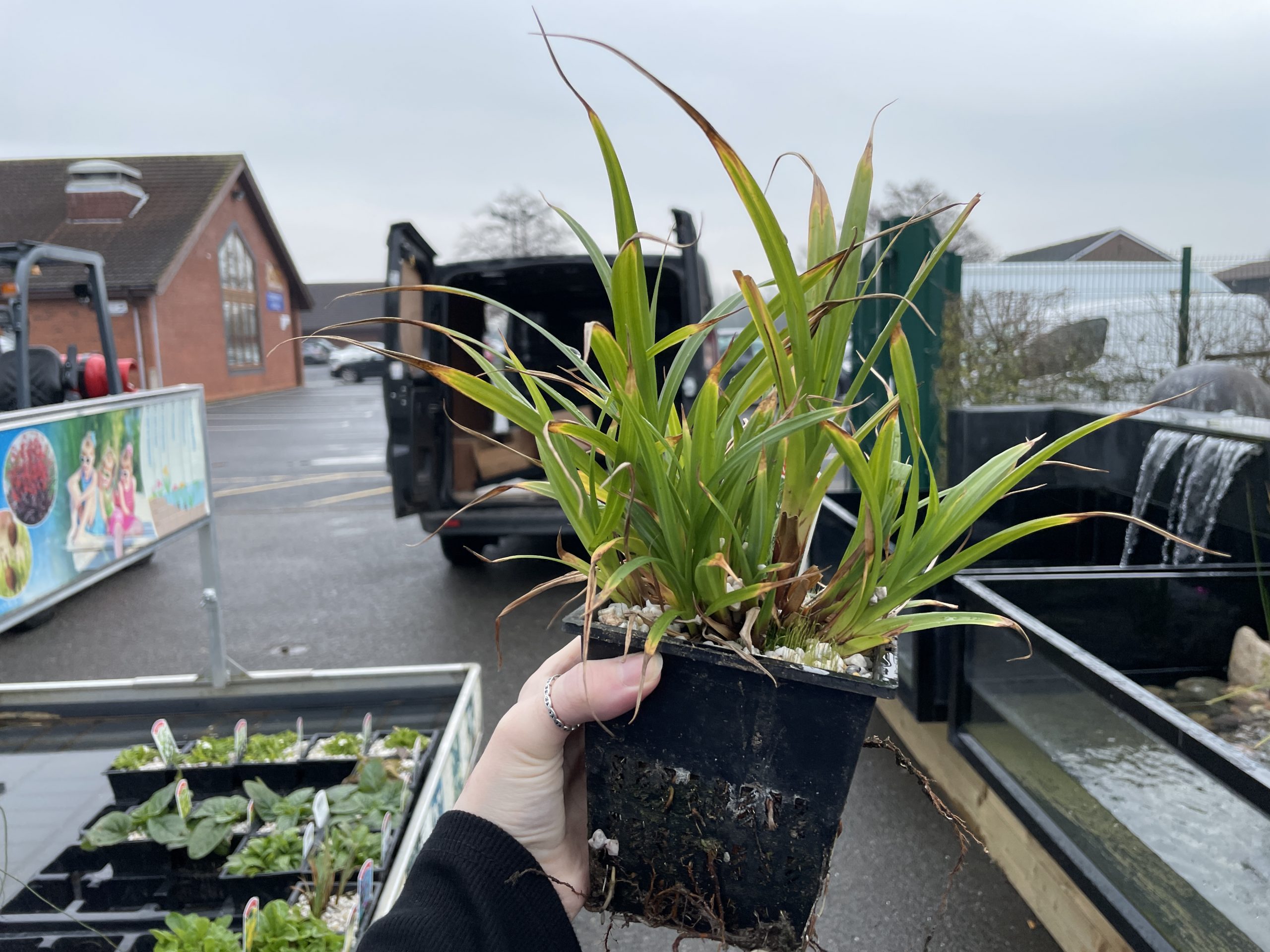
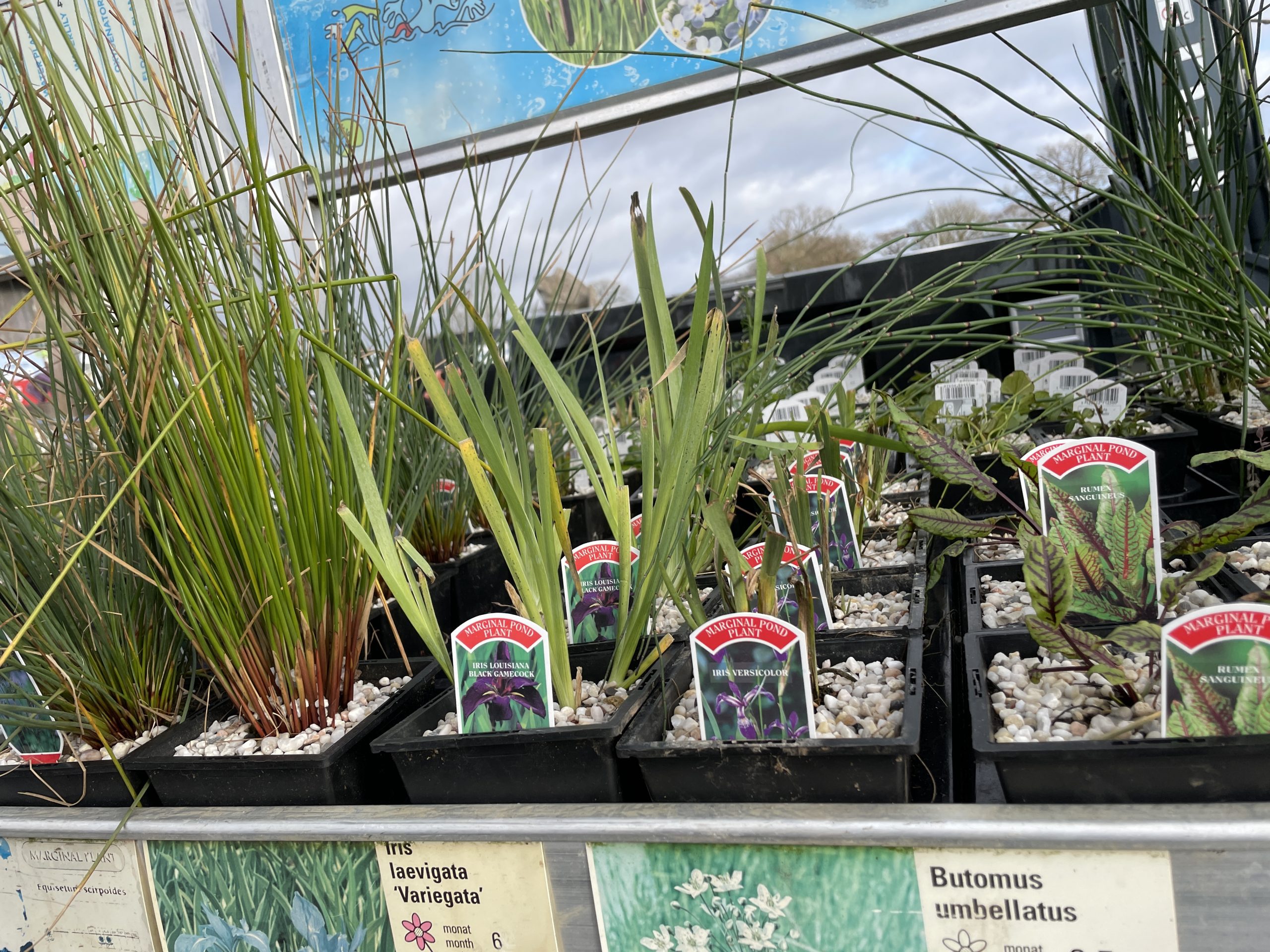
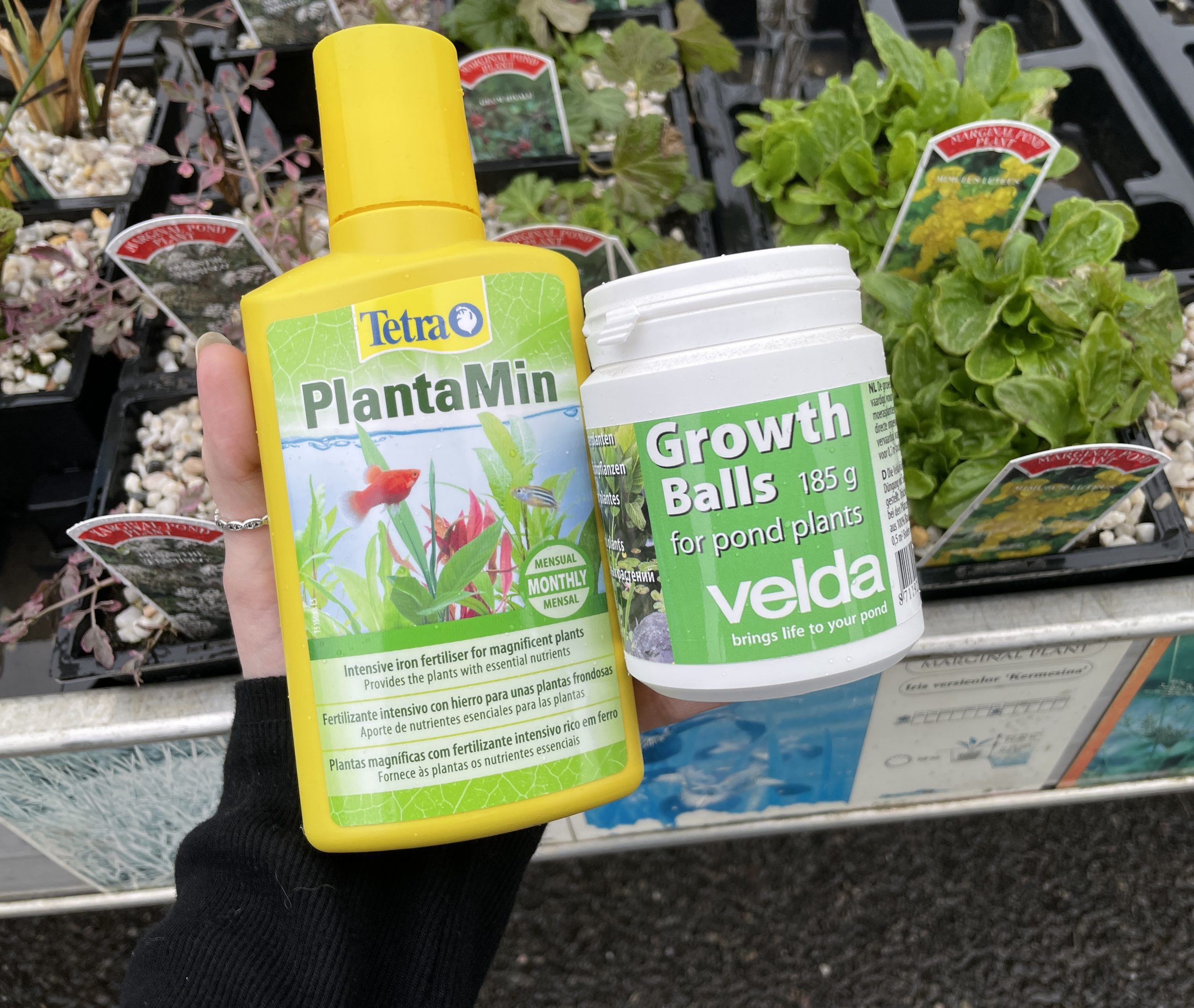
Few bodies of water are sheer-sided naturally. A sloping or stepped ‘bank’ is fairly standard. The shape of your pond will go some way to determining what plants you can use. If your pond is only a foot deep then you’re unlikely to be able to have lilies and irises in any great abundance. If your pond is deep with steep sides you’ll be restricted in what marginal plants you can realistically plant. Monkey flower and Bog Alum, for example, would struggle.
If you’re unsure about what to plant where have a look at our Ultimate Short Guide to Pond Plants, which gives examples of what plants thrive at what depths.
Knowing ahead of time what you’d like to plant and how you want your pond to look in full bloom will inform your decision on pond shape. Both in terms of outline and how it will be laid out underwater. This may seem like a lot of planning but it will absolutely pay off and is a great excuse to nose around online at other people’s ponds and suggestions.
To sum up, there’s no ‘right’ shape per se – but the more irregular the shape the more effort and time will be required to keep everything as it should be.
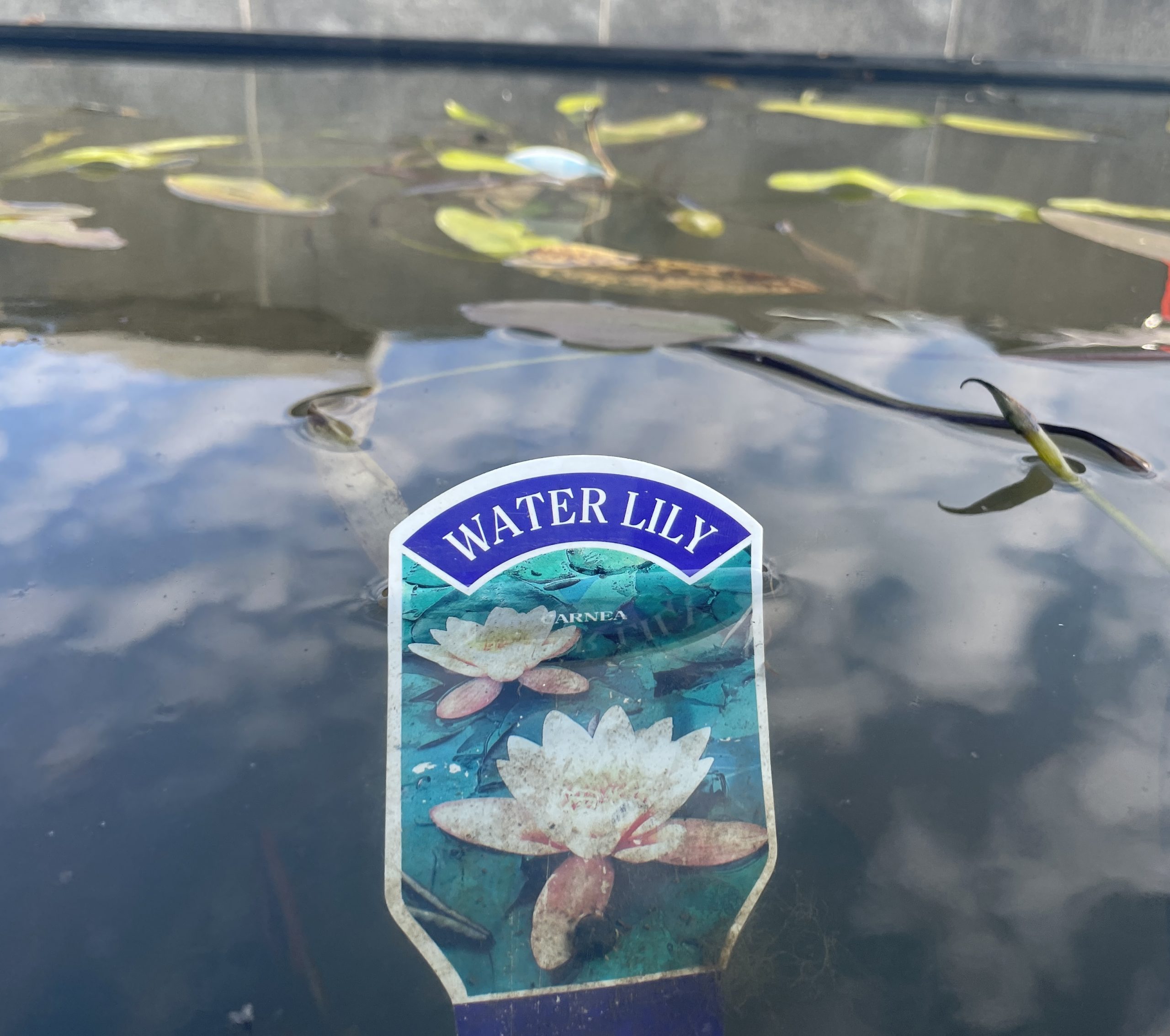
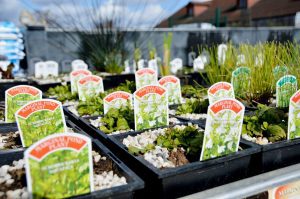
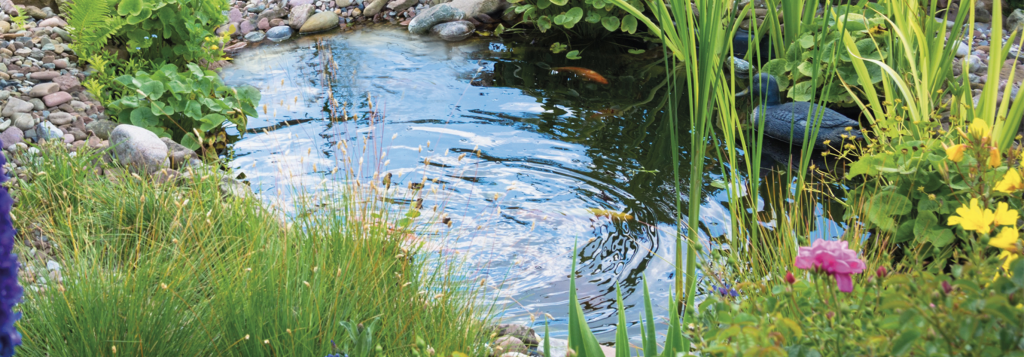
During your pond project
As with any project what you end up with is rarely exactly what you set out to do. The same can almost always be said for ponds. Once you’ve started your digging and planning and got settled on what is actually going to happen it’s time to look at the next items you’ll need.
Considering pond pumps and filters before you start and having an idea of what you need is great – but buying them before you get started may well end up hampering your design options if you find out you want to change anything once you’re underway.
Pond Pumps
A pond pump will typically have a single function. That could be to move water to your filter, run a water feature, or power something like a fountain. To get the best from your pump only ask it to do one thing. If you need another pump for your water feature or fountain then we recommend getting one. If you’re unsure of what to look for with water features here’s everything you need to know.
When buying a pump look at the flow rate – this will be on the box. This measures how many litres per hour the pump is capable of shifting. If you’re using this pump in conjunction with your filter make sure you match the flow rates of each as closely as you can.
A densely stocked pond should have its water volume turned over every hour. So if you have a 5,000 litre pond you should have a pond pump and filter that can handle a flow rate of 5,000 lph. This can be halved for ponds with low stock or no fish at all.
We have a selection of pumps for most pond requirements – from 1,000 litres to 50,000!
The pump itself will likely sit unobtrusively at the bottom of your pond so you may want to think about where you want it to go.

Pond Filters
“They really are great bits of kit. They look really smart, too.”
Connor, Coldwater & Koi section, talking about the Nexus pond filters.
Your filter is the most important element of your pond so make sure your budgeting reflects this. It’s much better to have a slightly better filter than you need than one that isn’t quite up to the task.
Again, the stocking of your pond will have a big impact on your filter, as will the amount of direct sunlight the pond gets. Your filter will be expected to deal with the waste from your fish, plants, leftover food and algae.
The packaging on most filters will tell you how much water each filter is designed to deal with. A Filtobox Pond Filter 6000, for example, is built to filter a 6,000 litre body of water. And it will, provided there’s nothing else in there. The moment you start adding any other factors at all the efficiency drops. This goes for all filters – not just the Filtobox!
Our general rule of thumb is to halve the number on the box for a true reflection of the capabilities of the filter. If you have a 10,000 litre pond then get a filter that says it’s built for 20,000 litres.
You will also need to consider whether your filter will take up extra room. Submersible filters like the excellent OASE Filtral series are unobtrusive and will deal with smaller ponds (up to around 5,000 litres) admirably. But if you need something bigger you’ll need to think about how you are going to incorporate it into your physical design. Something like the Nexus 220 would be an ideal example. We have two Nexus filters on display in our outdoor coldwater section – come and check them out. In the words of Connor, one of our pond and coldwater experts; “they really are great bits of kit. They look really smart, too.”
-
Nexus Eazy 320+ Pond Filter£1,595.00
-
Evolution Aqua Nexus Eazy 220 + Pond Filter£1,395.00
If you’re after something even bigger come and see us. We’ve just installed a new drum filter for our outdoor display area and it is an absolute monster!
Lighting up your pond project
Pond lights look really smart. They’re often overlooked in the initial stages of a pond project, with owners wishing they’d thought about where they might put them after the fact.
There are lights to be placed around the edges, floating on the surface, as part of a water feature or waterfall, or under the water itself. Lighting can make all the difference to the environment and atmosphere your pond creates.
Lights can be mains operated or solar powered. We love solar power but it’s fair to mention that the performance of these lights on all but the brightest days will not stand up to mains powered lights. Usually lights on the surface of the water or above ground being a touch dimmer is fine. However, if you’re looking for underwater lights the solar options tend not to have the power to make a real impact.
-
LED Pond & Garden Lights 3 x 3 Watt£99.99
-
Oase LunAqua 3 LED Set 3£234.99
Livestock for your pond
For many people this is the fun bit! We really can’t tell you what to do with this bit as it’s all down to your preference and imagination.
You only have to take into account a few rules.
- Overstocking a pond by having too many fish will cause nothing but stress, disease, and ‘wallet strain’ – don’t do it.
- Koi are greedy and generate lots of waste – be prepared for that.
- Sturgeon are very specific creatures – they are not for first-time pond keepers.
- Some fish will be happy in a community, others won’t – ask us about what can live together peacefully!
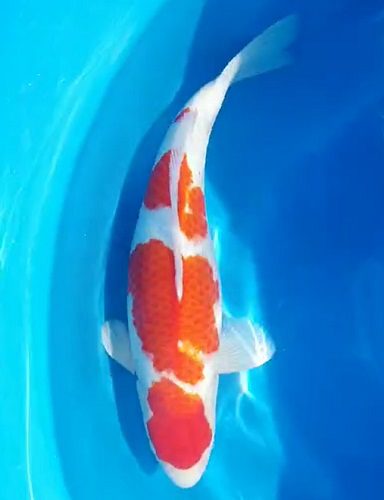
After the hard work
You’ve made it! You had a plan, you started it, it changed, you adapted and now you’re here!
Last few bits and pieces to go over then you can get on and actually enjoy the blasted thing.
Test your water weekly
There is absolutely no point putting yourself (and your wallet!) through all of the hardship of a large pond project if you don’t then look after it properly.
Not monthly. Not every now and then. Not ‘semi-regularly’ or when you remember. Weekly. Make it a thing you do on a Saturday morning or something. Remember, crystal clear water is not a sign of perfect health.
Particularly if you’re local to us/midlands based – we have very soft water in this area and you’ll need to keep an eye on your KH (carbonate hardness). Without it, your pH will plummet and your ammonia will go through the roof – possibly killing everything in your pond!
Use this as an excuse to get yourself a nice notebook to take your readings down in and just enjoy being a bit of an anorak about something. We promise you’ll begin to enjoy it.
-
Product on saleNT Pondlab Multi TestOriginal price was: £36.99.£27.99Current price is: £27.99.
-
Product on saleTetrapond 6 in 1 Test KitOriginal price was: £15.05.£11.49Current price is: £11.49.
Blanketweed
It’s horrible, you don’t want it.
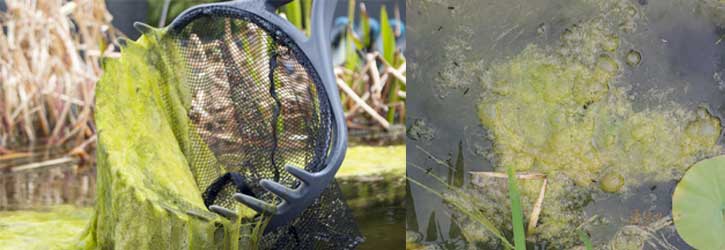
Luckily, you don’t need to get it – it isn’t one of those ‘rights of passage’ for pond keepers. If you use a product like Clarity from the off then you should never encounter the blight that is blanketweed. It’s important that if you already have blanketweed you should remove as much of it as you can manually before starting with a product like Clarity.
Don’t use Clarity on the same day as fish medication. Clarity is clay-based and may interfere with the treatment. Other than that it really is a wonder product.
If you’re at all unsure about how much to use here is a handy dosing chart!
Clarity Dosing Chart
| Pond Size in Litres | Initial Dose (Scoops) | Maintenance Dose (Mar – Sep) | Maintenance Dose (Oct – Feb) |
| Up to 500 | 1 per week for 3 weeks | 1 per fortnight | 1 per month |
| 500 – 2500 | 2 per week for 2 weeks | 1 per week | 1 per fortnight |
| 2500 – 5500 | 2 per day for 5 days | 2 per week | 1 per week |
| 5500 – 10,000 | 4 per day for 5 days | 4 per week | 2 per week |
| 10,000 – 20,000 | 6 per day for 5 days | 6 per week | 3 per week |
A few blanketweed myths you can ignore;
- It only grows in summer – wrong
- It only grows in heavily stocked ponds – wrong
- It only grows in hard water areas – wrong
- If you’ve got lots of plants already it won’t grow – wrong
If you’re already beset by blanketweed try out our Ultimate Blanket Weed Package. The Cloverleaf deals with what’s there and the Clarity makes sure it doesn’t come back! Leaving you to enjoy your pond in all its glory.
-
EcoTreat Clarity Pond Algae Treatment£9.25 – £22.95Price range: £9.25 through £22.95
-
Ultimate Blanket Weed Package!£18.50 – £122.50Price range: £18.50 through £122.50
Anything else for a pond project?
We don’t mean to take the fun out of pond keeping. Quite the opposite – if you get these steps right the first time you’ll be able to enjoy your pond for many, many years to come.
If you’ve got any more tips to share please let us know either by email or pop them on our social media – let’s see if some of our other customers agree!


